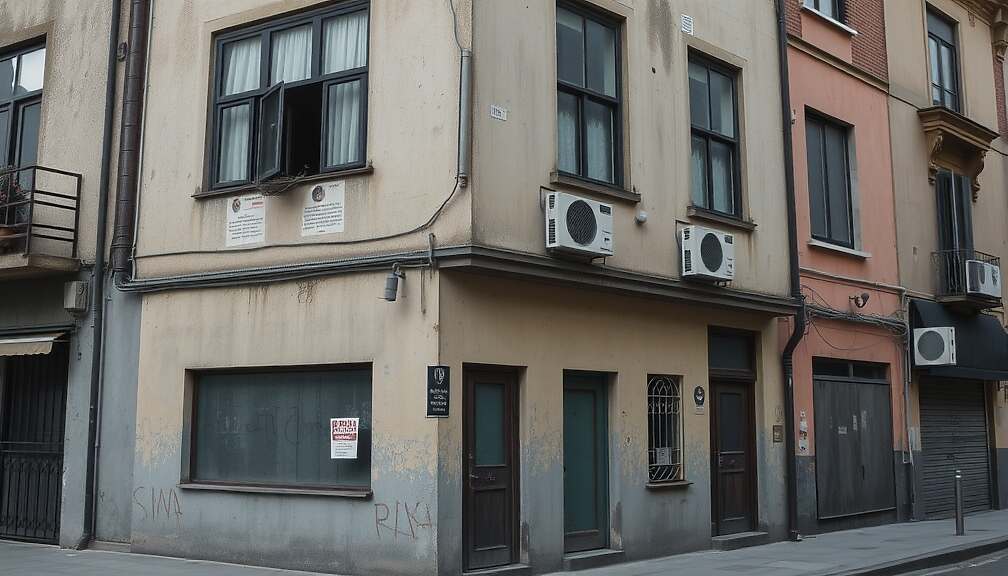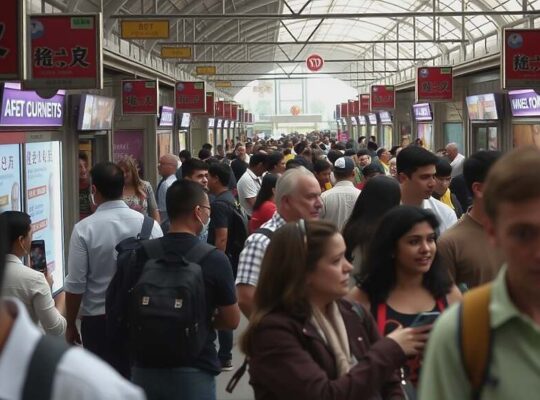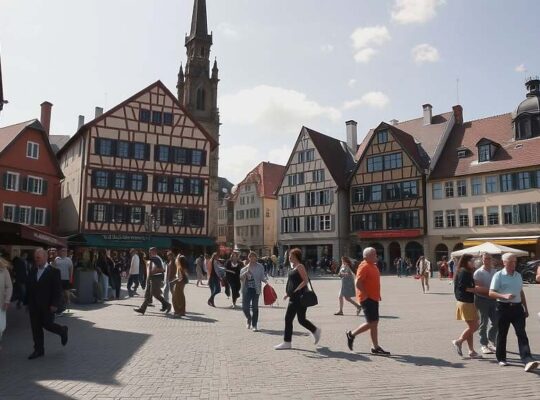A stark disparity in energy efficiency standards is emerging across German cities, according to a new analysis that underscores a deepening crisis in the nation’s housing stock. Purpose Green, a Berlin-based firm, examined nearly 7,000 online property listings in Germany’s 30 largest cities, revealing a concerning prevalence of older, less efficient buildings primarily in West Germany.
The data, reported by “Der Spiegel”, highlights a significant regional divide. In Stuttgart, approximately 75% of homes currently on the market fall into the lowest energy efficiency categories (E to H), indicating substantial energy waste and higher costs for residents. Wuppertal and Bonn follow closely behind with rates of 74% and 72.5% respectively. These figures starkly contrast with eastern German cities, where post-reunification investment has yielded considerably more modern and energy-efficient housing.
Dresden stands out with 70% of listed properties achieving higher efficiency levels (A+ to D), while Chemnitz and Leipzig exhibit rates of 62% and 59.5% respectively. These differences aren’t simply a matter of age; they point to a pattern of uneven investment and lingering infrastructure deficits inherited from differing economic histories.
“The analysis clearly illustrates the massive need for renovation across Germany” stated Tatiana Stuck, a manager at Purpose Green. “The fact that almost one in five buildings assessed displays the worst possible energy efficiency rating (H) is a systemic failure demanding urgent political attention.
The findings raise critical questions regarding the efficacy of current housing policies and the ability of homeowners, many of whom are elderly or on fixed incomes, to undertake necessary upgrades. While the German government has introduced incentives for energy-efficient renovations, the sheer scale of the problem, amplified by escalating energy prices, suggests these measures are insufficient. Critics argue that the burden is disproportionately placed on individual homeowners, while systemic changes – such as stricter building codes for new construction and compelling minimum efficiency standards for existing properties – are lagging behind.
The regional disparities also risk exacerbating existing socio-economic inequalities, as residents of older, less efficient housing face the brunt of rising energy costs and the associated financial strain. This situation demands a renewed focus on equitable housing policy and a comprehensive strategy to modernize Germany’s aging housing stock, or face continued economic and social repercussions.












